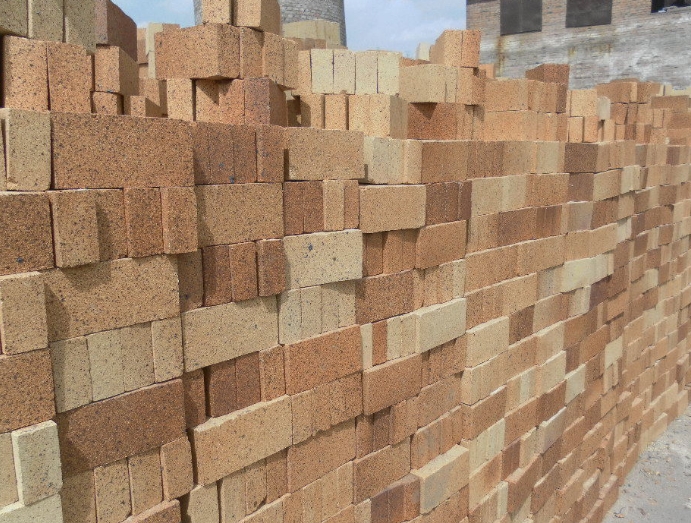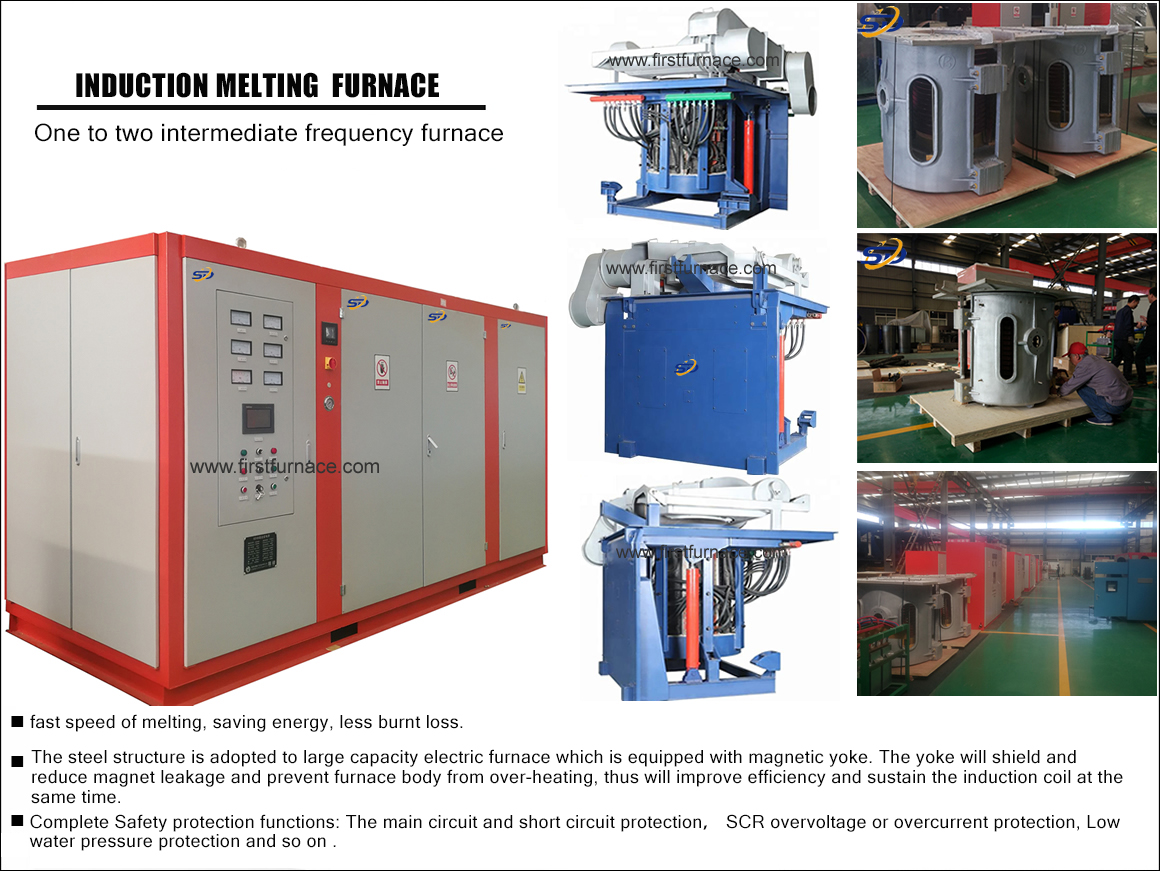Sales hot line ( 24 hours service): 18037961302
E-Mail: firstfurnace@gmail.com
whatsapp:+8618037961302
Adress: Luoxin Industrial Park, Luoyang, HenanLarge diameter steel pipe quen
Piston rod quenching and tempe
Grinding rod quenching and tem
High frequency induction heate
Quenching equipment for machin
Round steel end heating furnac
Steel pipe heat treatment prod
Square steel quenching and tem
Sucker rod quenching and tempe
Thickened petroleum steel pipe
Round steel quenching and temp
Steel pipe quenching and tempe
Steel plate quenching and temp
Induction Hardening Machine&nb
Flywheel ring gear high freque
How to choose refractory brick lining for different parts of blast furnace
The blast furnace is now the main smelting equipment. It has the characteristics of simple public welfare and large production capacity. Refractory brick lining plays an indelible role in the blast furnace, but the refractory brick lining of the furnace wall is affected by many aspects during the production process. It is gradually eroded. Therefore, in order to extend the service life of the blast furnace, it is necessary to purchase refractory brick linings reasonably. The method of selecting refractory brick linings for each part is:
(1) Furnace throat. Mainly bear the impact and abrasion of human charge, generally steel bricks or water-cooled steel bricks are used.
(2) The upper part of the furnace. This part is the area where the carbon evolution reaction 2CO2-CO + C is prone to occur, and the erosion of alkali metals and zinc vapor also occurs in this area. In addition, the erosion and wear of the falling charge and rising gas flow Therefore, refractory materials with good chemical resistance and wear resistance should be selected. The most suitable are high-density m earth bricks, high-density third-class alumina bricks or phosphoric acid-impregnated clay bricks. Modern large blast furnaces use thin walls. In the structure, 1~3 sections of reverse buckle cooling stave are often used to replace the brick lining.
(3) The middle and lower parts of the furnace body and the furnace waist. The main mechanism of damage is thermal shock spalling, high temperature gas erosion, the effects of alkali metals, zinc and carbon evolution, and the chemical erosion of the initial slag. The brick lining should be selected for thermal shock resistance and resistance Initial slag erosion and anti-scouring refractory materials. Now large-scale blast furnaces at home and abroad choose good performance but expensive silicon carbide bricks (silicon nitride bonding, self bonding, Sialon bonding) to achieve a life of more than 8 years. Practice has proved that, No matter how good the refractory material is, it will be eroded, and it will be stable when it reaches equilibrium (about half of the original thickness). This time is about 3 years. In fact, the use of fired aluminum carbon bricks with good performance (the price is cheap) Many), this goal can also be achieved. Therefore, aluminum-carbon bricks can be used in blast furnaces of 1000m3 and below.
(4) Furnace. The main reason for the damage is the erosion of high-temperature gas and the erosion of slag iron. The heat flow in this part is very strong, and any refractory material cannot resist the material for a long time. The life of the refractory material in this part is not long (longer 1~2 months, short 2~3 weeks), generally use refractory materials with high refractoriness, high load softening temperature and high volume density, such as high alumina bricks, aluminum carbon bricks, etc.
(5) Hearth tuyere area. This area is the only area in the blast furnace where oxidation reaction occurs. The high temperature can reach 1900~2400℃. The brick lining is damaged by thermal stress caused by high temperature, as well as high temperature gas erosion and slag iron erosion. Alkali metal erosion, scouring of circulating coke, etc. Modern blast furnaces use combined bricks to build the hearth wind day area, made of high aluminum, corundum mullite, brown corundum and silicon nitride combined with silicon carbide, etc., which are also useful Hot pressed carbon block.
(6) The lower part of the hearth and the bottom of the hearth. In areas where the lining of the blast furnace is severely corroded, the degree of corrosion has always been the basis for determining the life of the first generation of blast furnaces. Because of the lack of cooling in the early furnace bottom, most of the single ceramic refractory materials were used, so thermal stress Cracks in the masonry, molten iron infiltration into the seam and floating of the furnace bottom brick are the main reasons for the damage. Now the good furnace bottom structure (ceramic cup, staggered biting, etc.) and cooling, as well as high-quality brown corundum, gray corundum bricks and The use of carbonaceous micropores and hot-pressed bricks greatly extend the life of the blast furnace bottom. However, the penetration and dissolution of molten iron on carbon bricks, the chemical attack of alkali metals on carbon bricks, and the destruction of carbon bricks by thermal stress, CO2 and H2O The oxidation of carbon bricks is still an important factor threatening the life of the furnace bottom and hearth.

Iron induction furnace
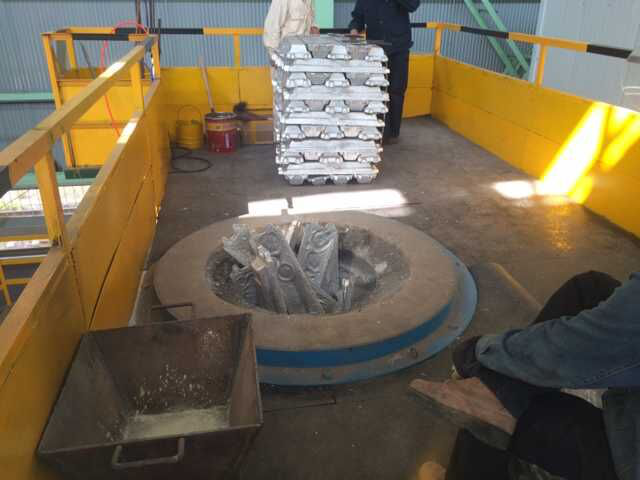
Aluminum melting furnace

Copper melting furnace
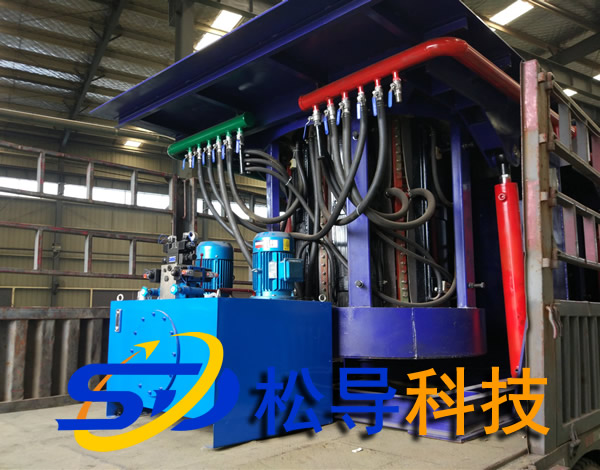
Small steel melting furnace
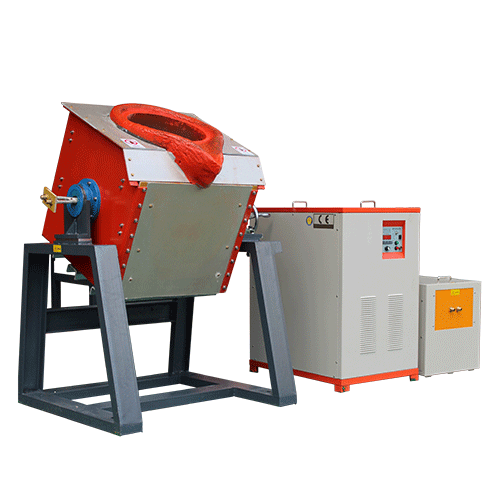
Small induction melting furnace
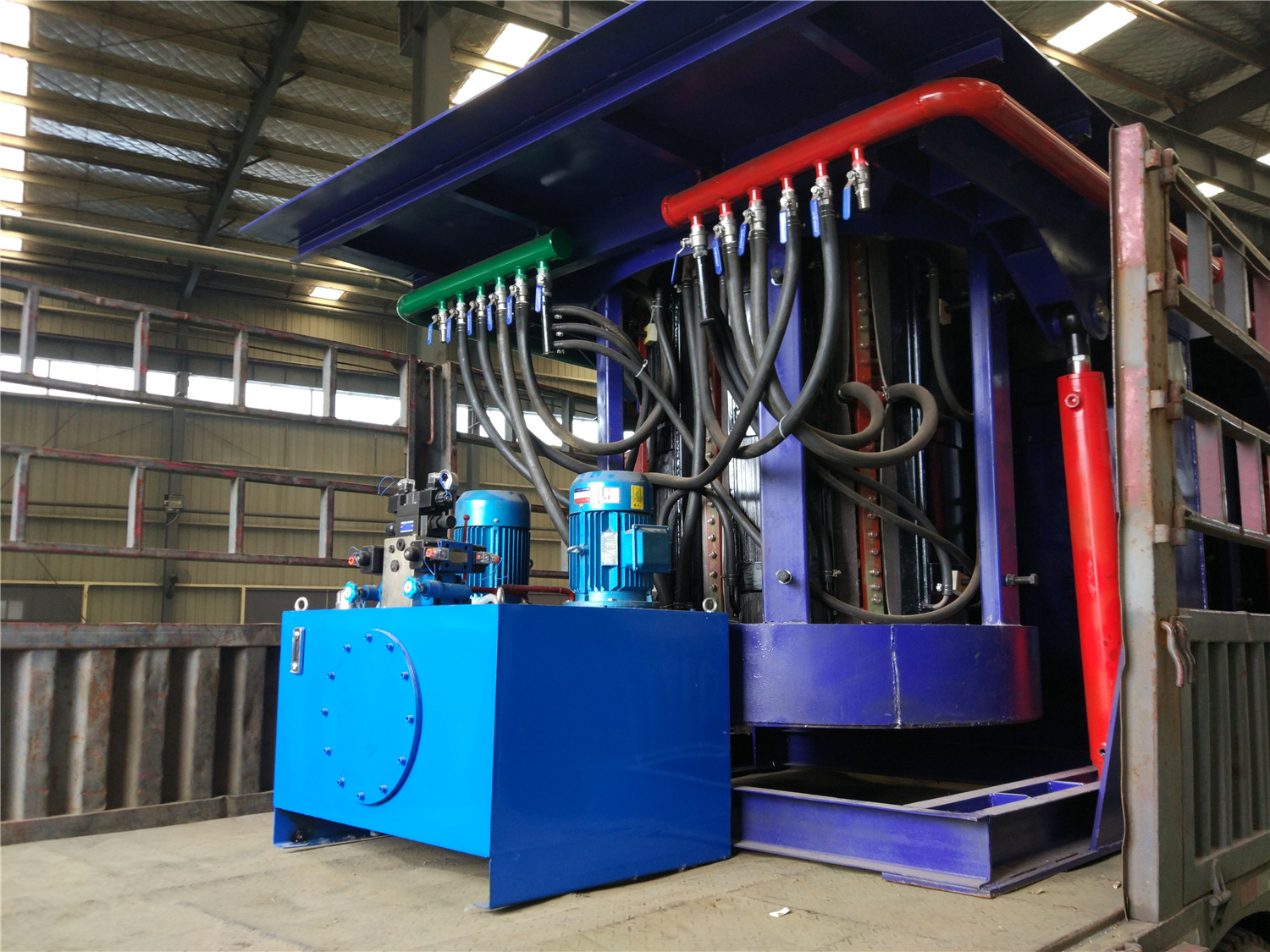
Induction iron furnace
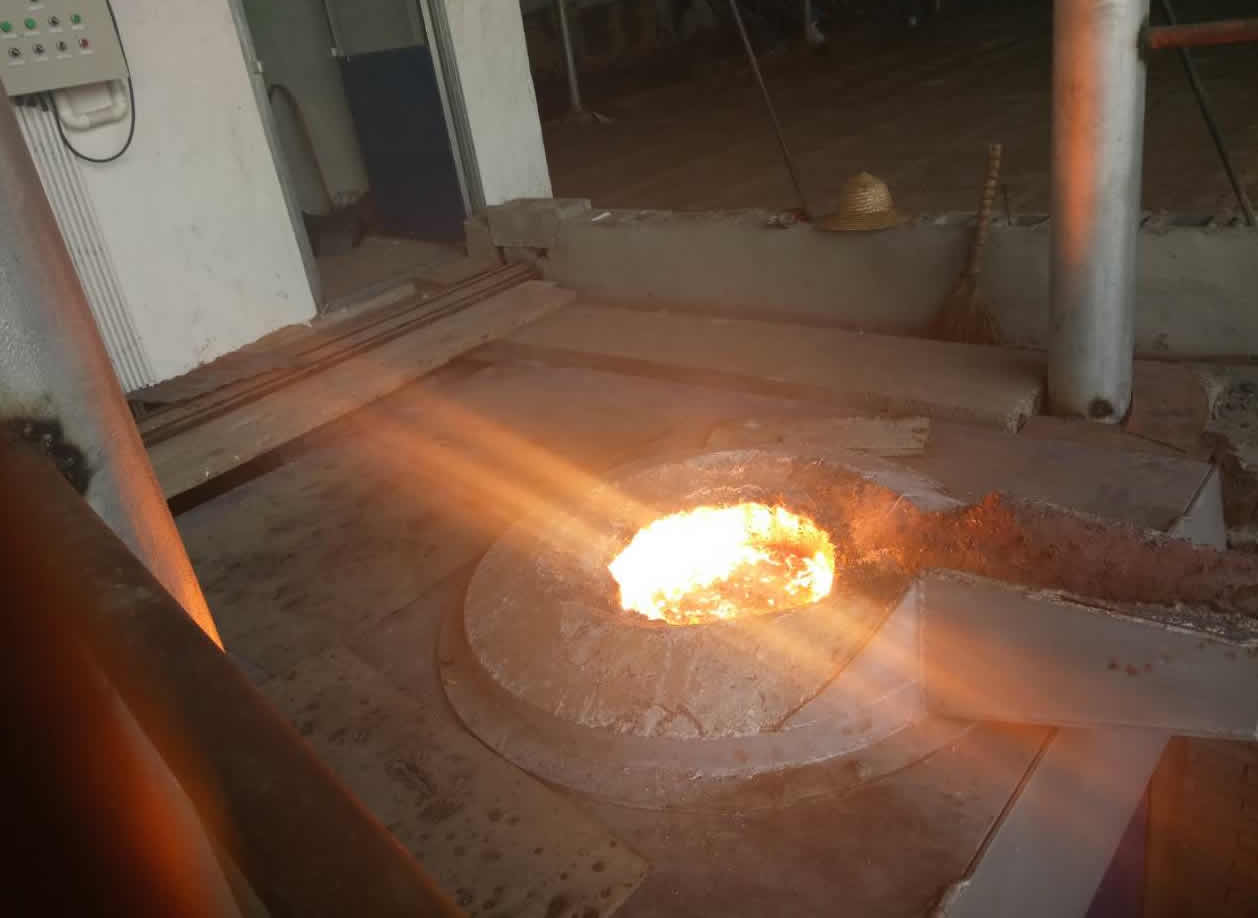
3T intermediate frequency iron melting f
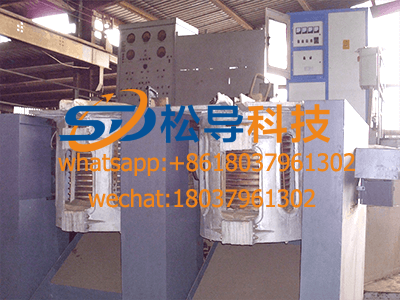
0.25T Intermediate Frequency Furnace
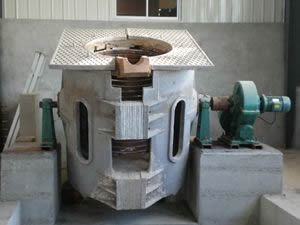
0.5T Intermediate Frequency Furnace
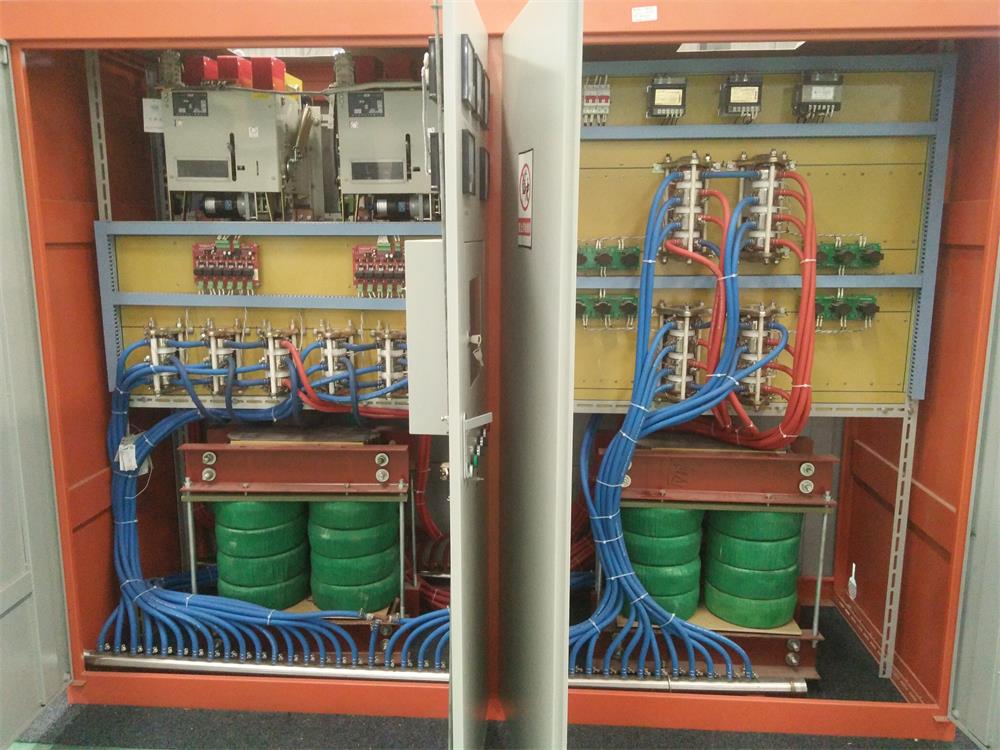
Medium Frequency Furnace

2T Induction Melting Furnace
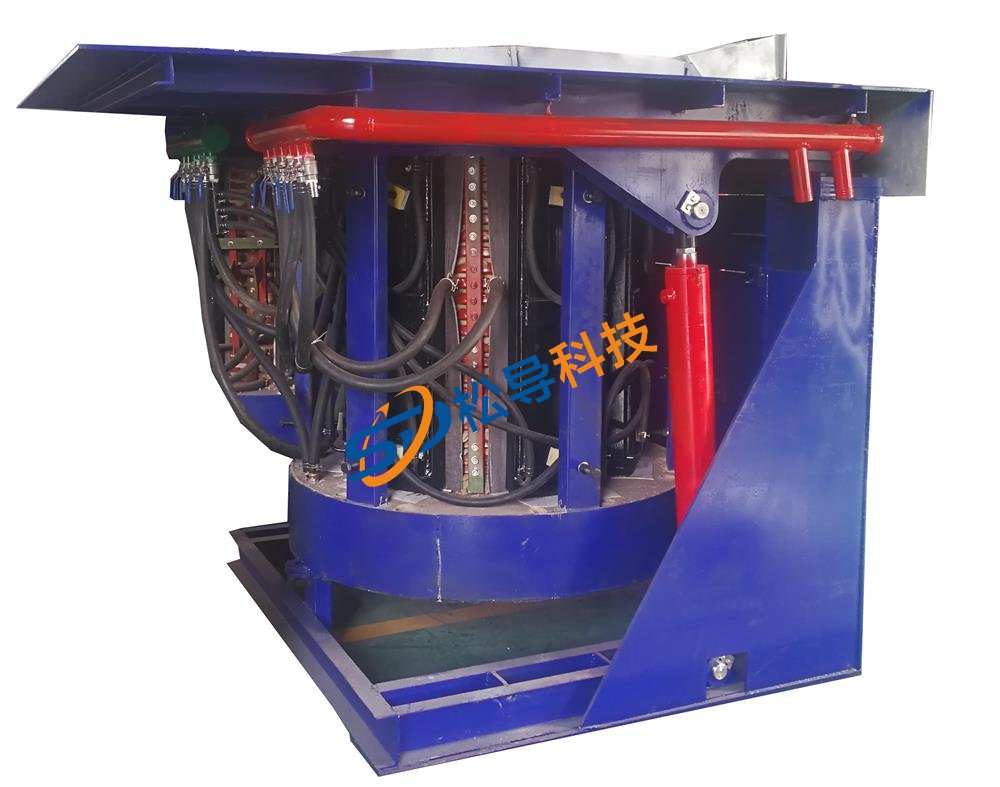
1T Induction Melting Furnace
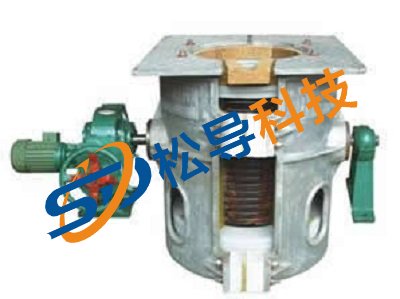
500kg Induction Melting Furnace
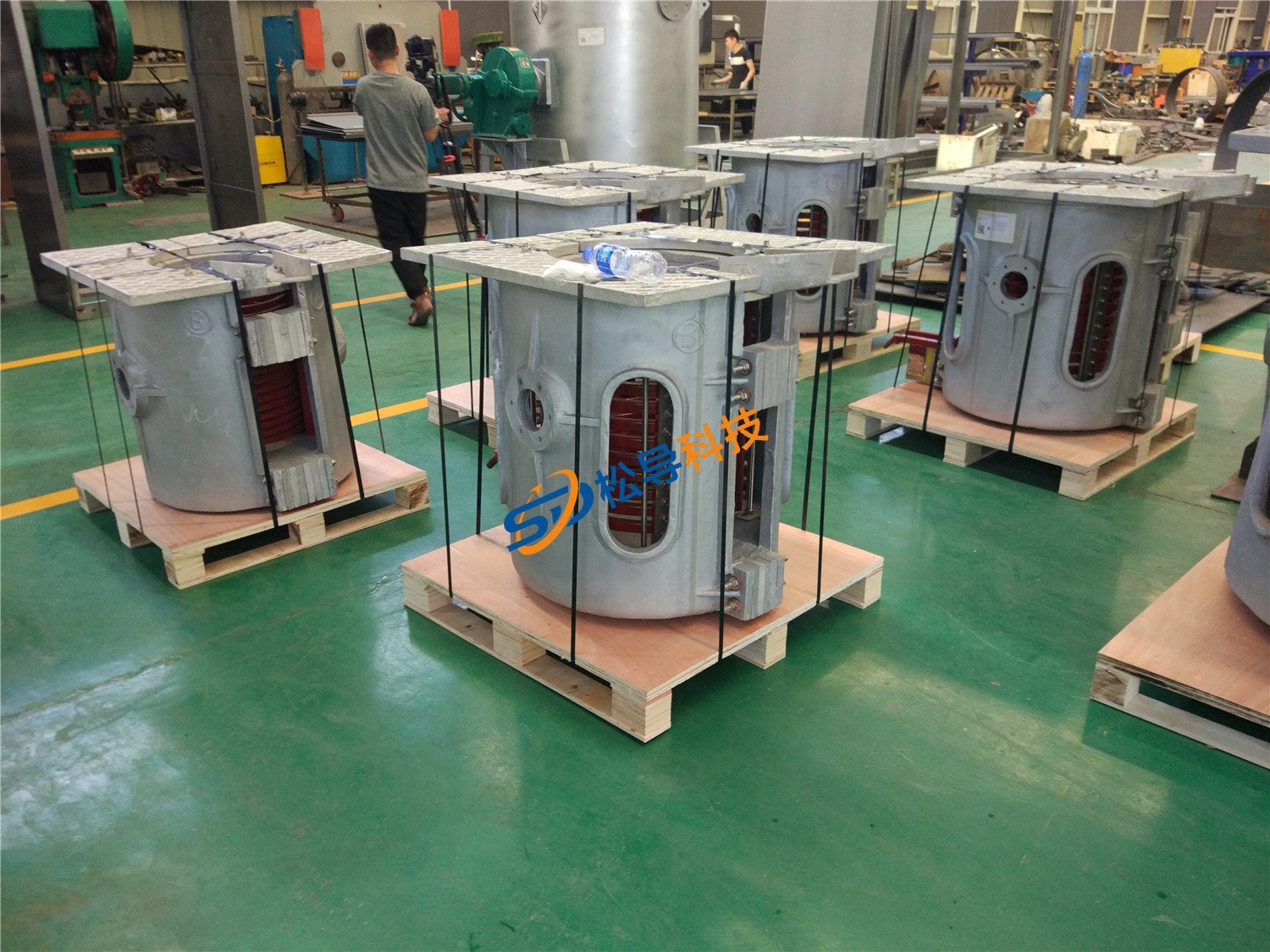
250kg Induction Melting Furnace
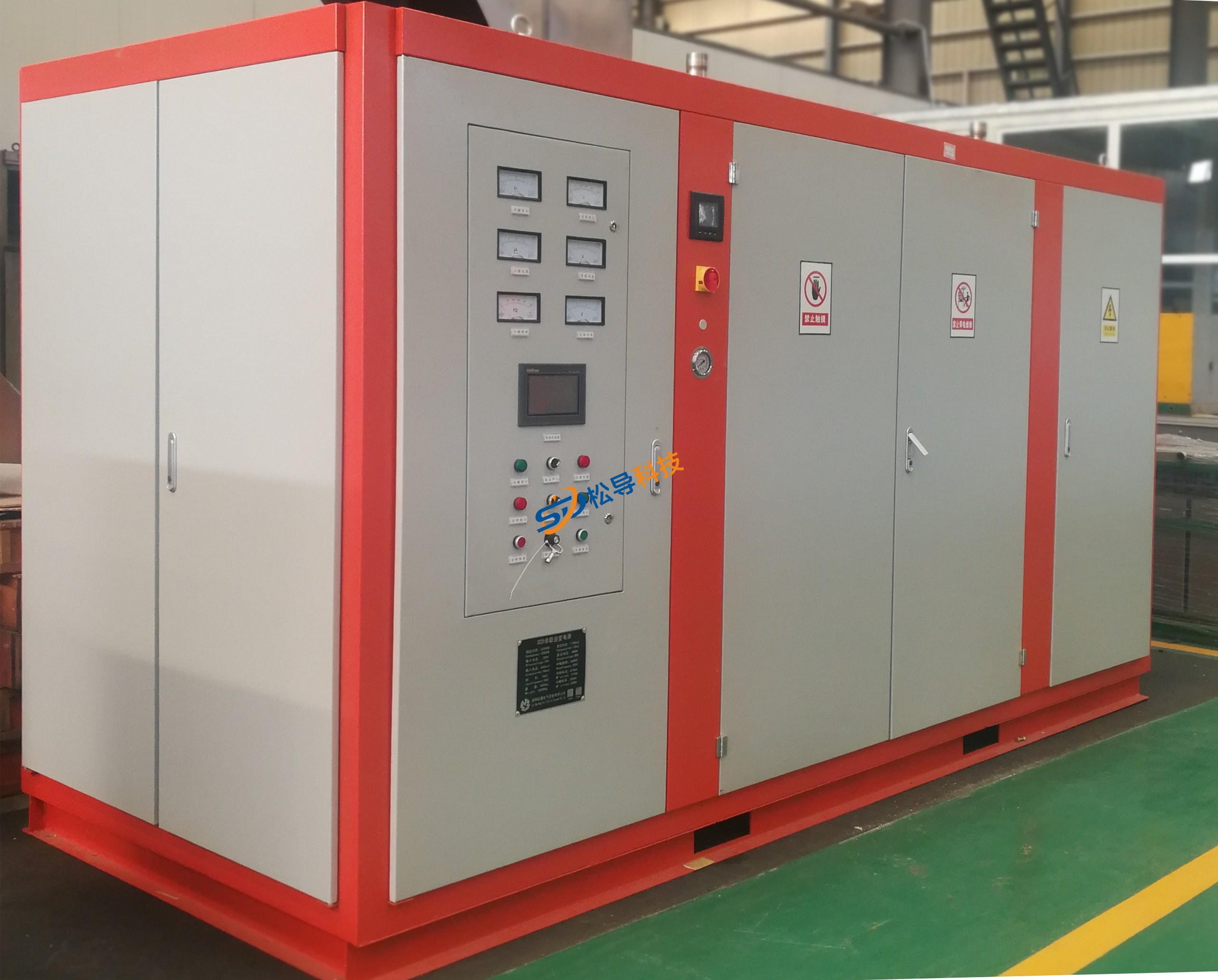
Induction Melting Furnace
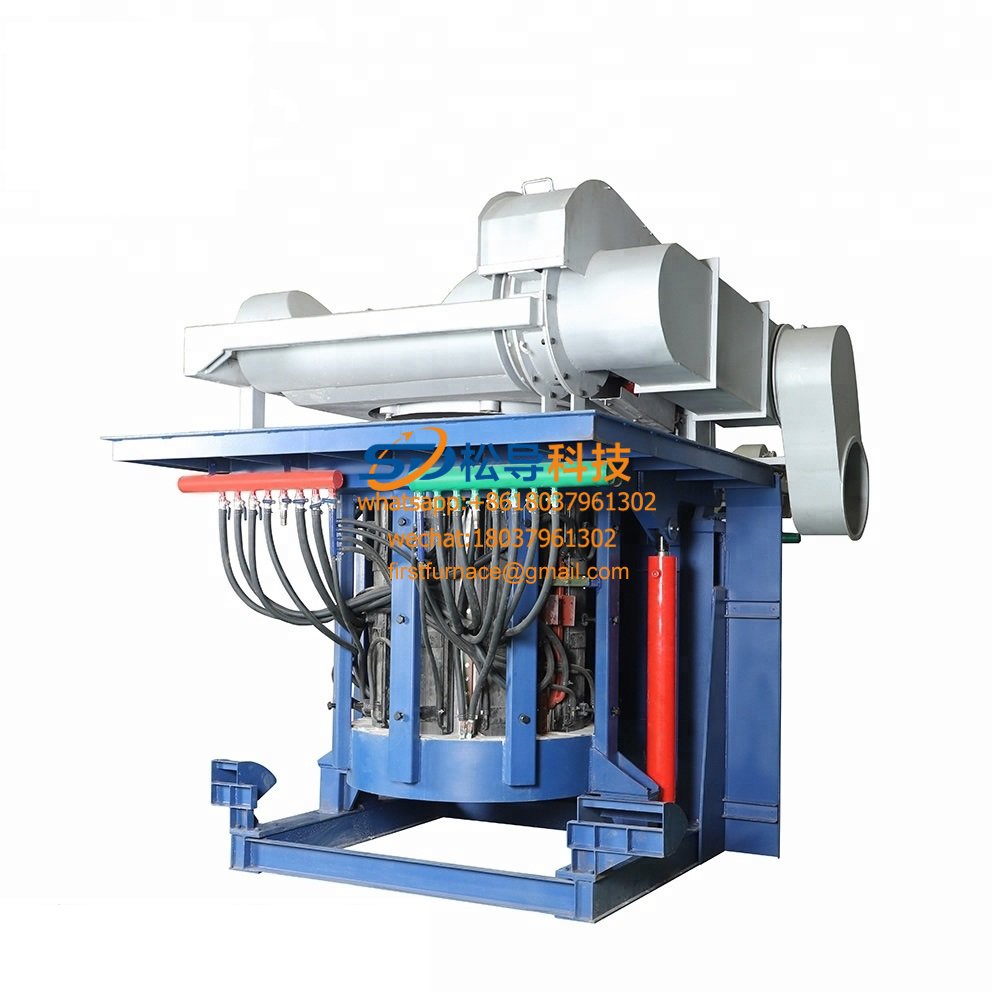
3 T Induction Melting Furnace
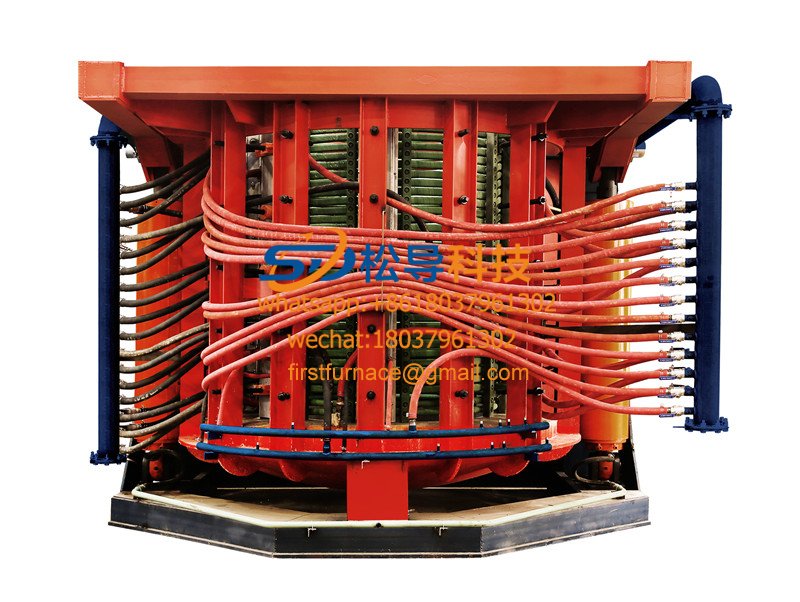
5T Induction Melting Furnace
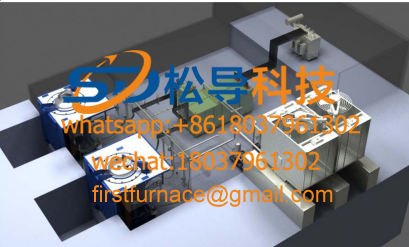
1T One Belt Two Intermediate Frequency F

5T One Belt Two Intermediate Frequency F
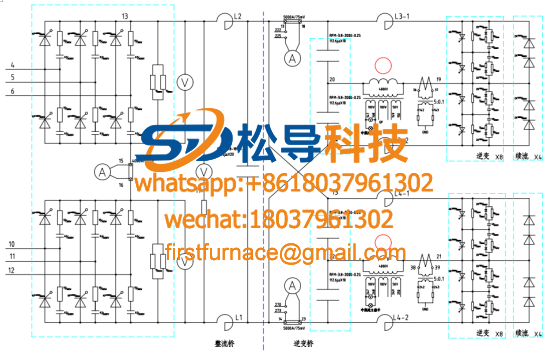
3T One Belt Two Intermediate Frequency F
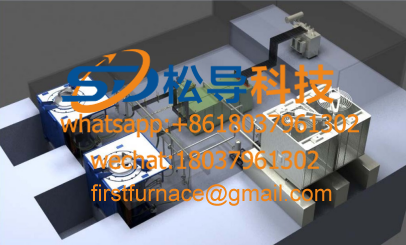
2T One Belt Two Intermediate Frequency F
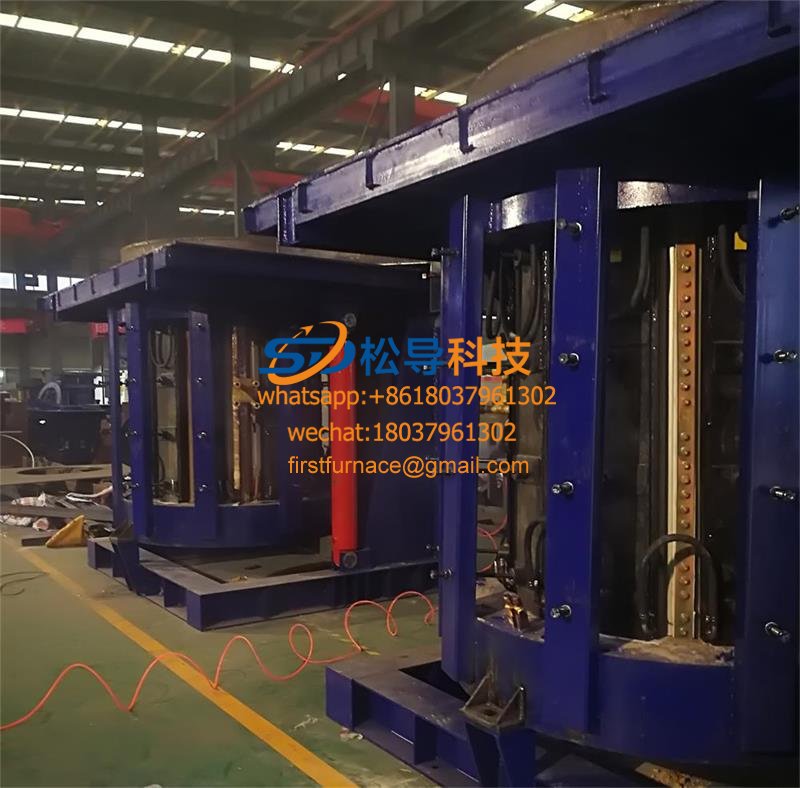
5T Parallel Intermediate Frequency Furna
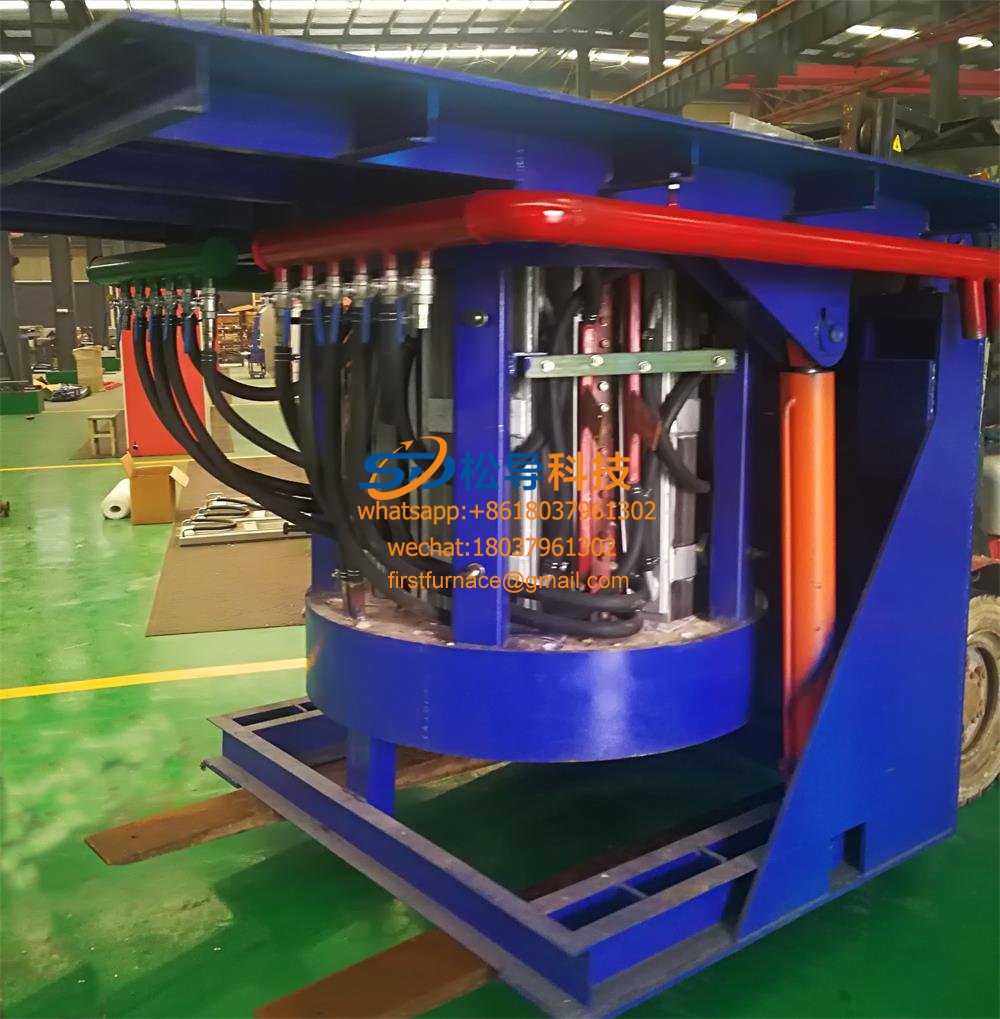
5T Intermediate Frequency Furnace

5T Series Intermediate Frequency Furnace
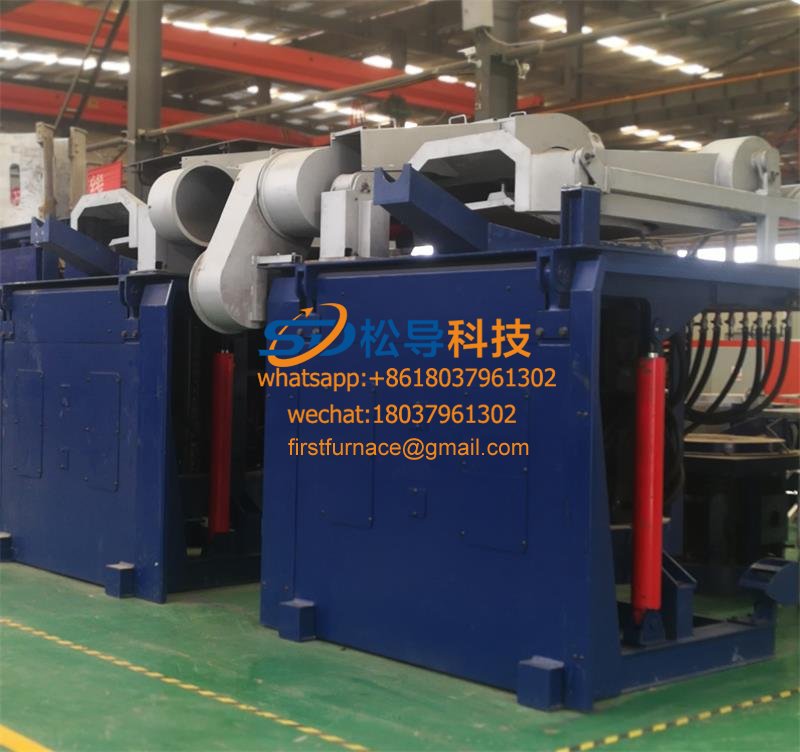
3T Series Intermediate Frequency Furnace
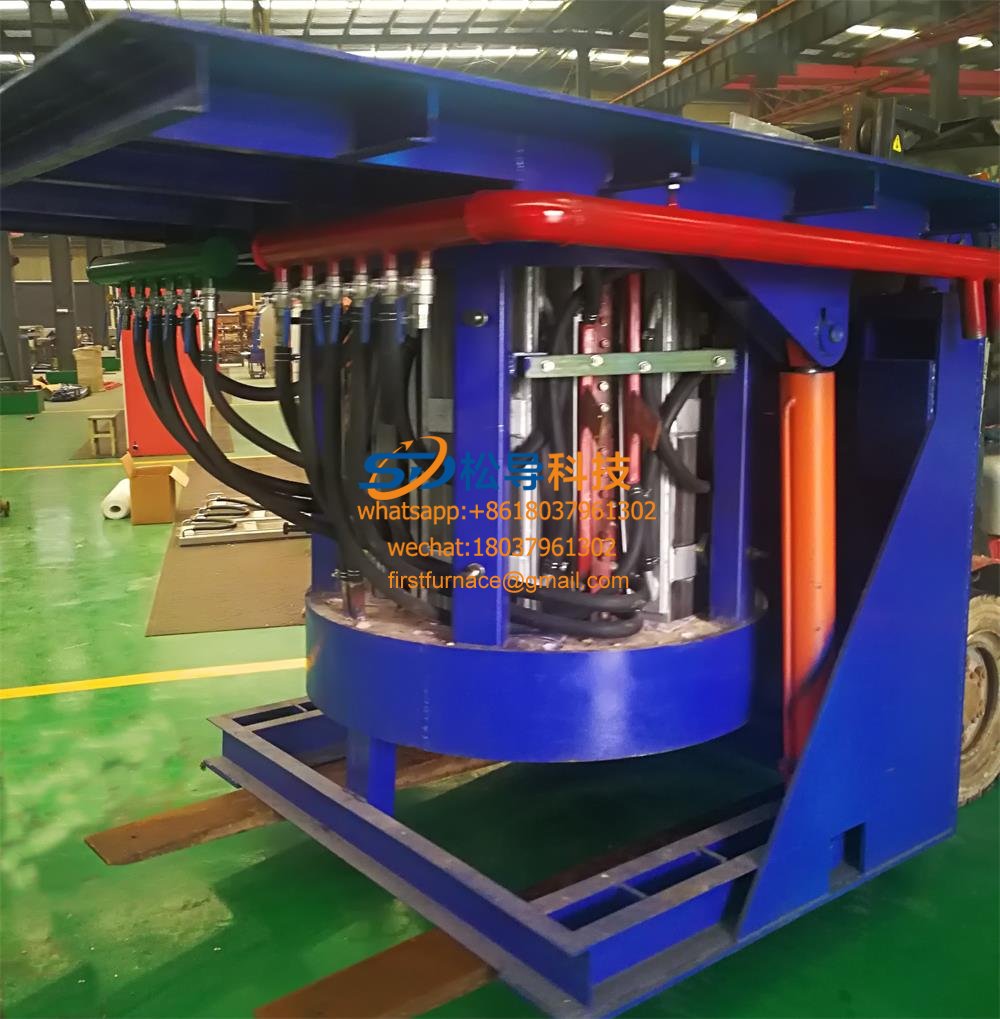
2T Series Intermediate Frequency Furnace
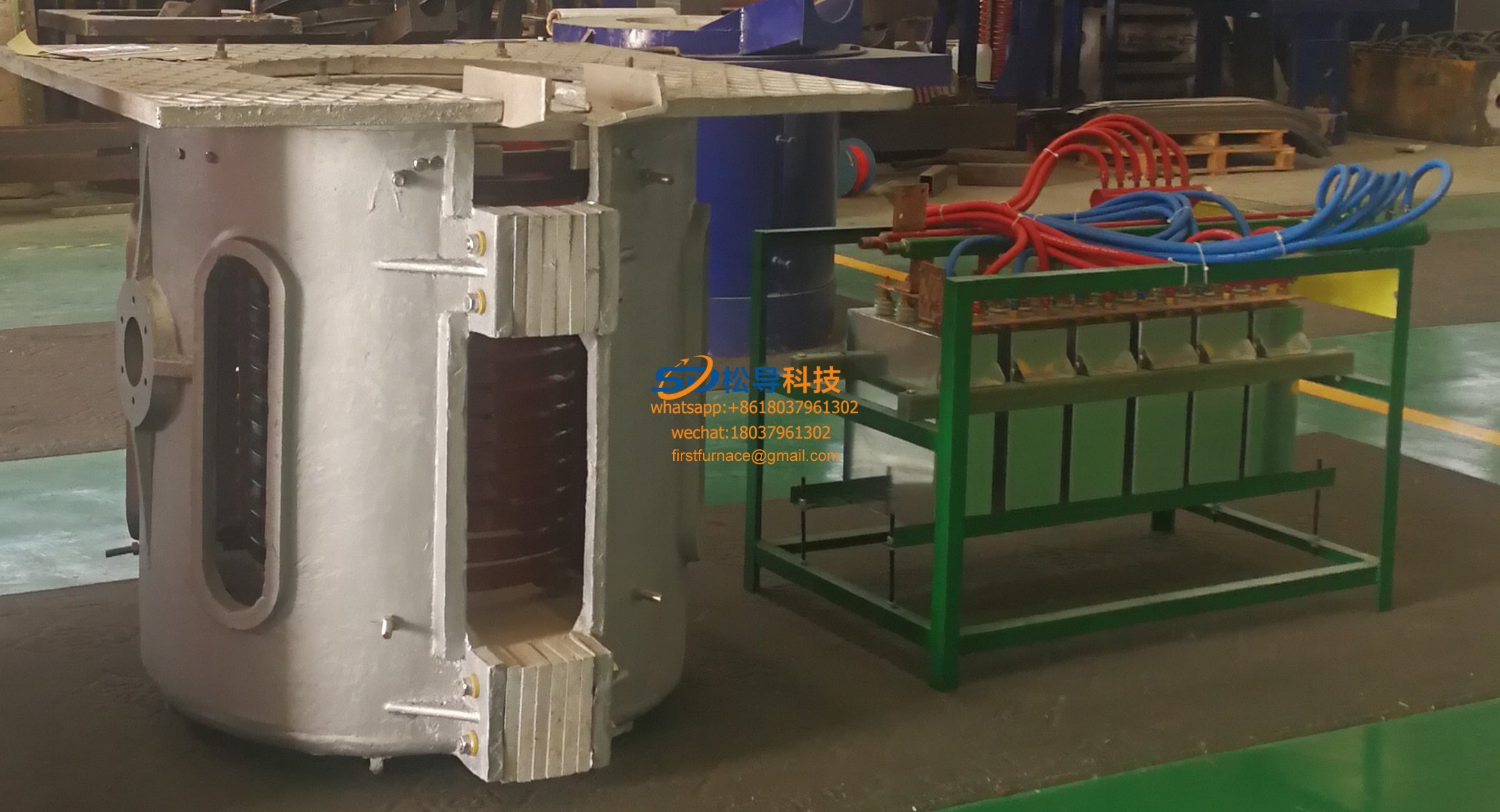
1T Series Intermediate Frequency Furnace
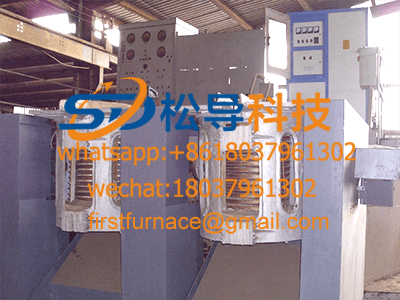
0.5T Series Intermediate Frequency Furna

0.25T Series Intermediate Frequency Furn

1T Parallel Intermediate Frequency Furna
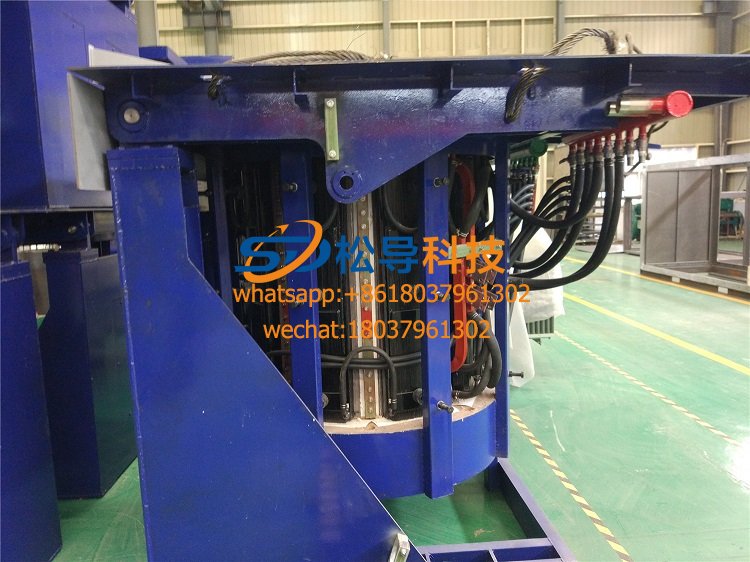
2T Parallel Intermediate Frequency Furna
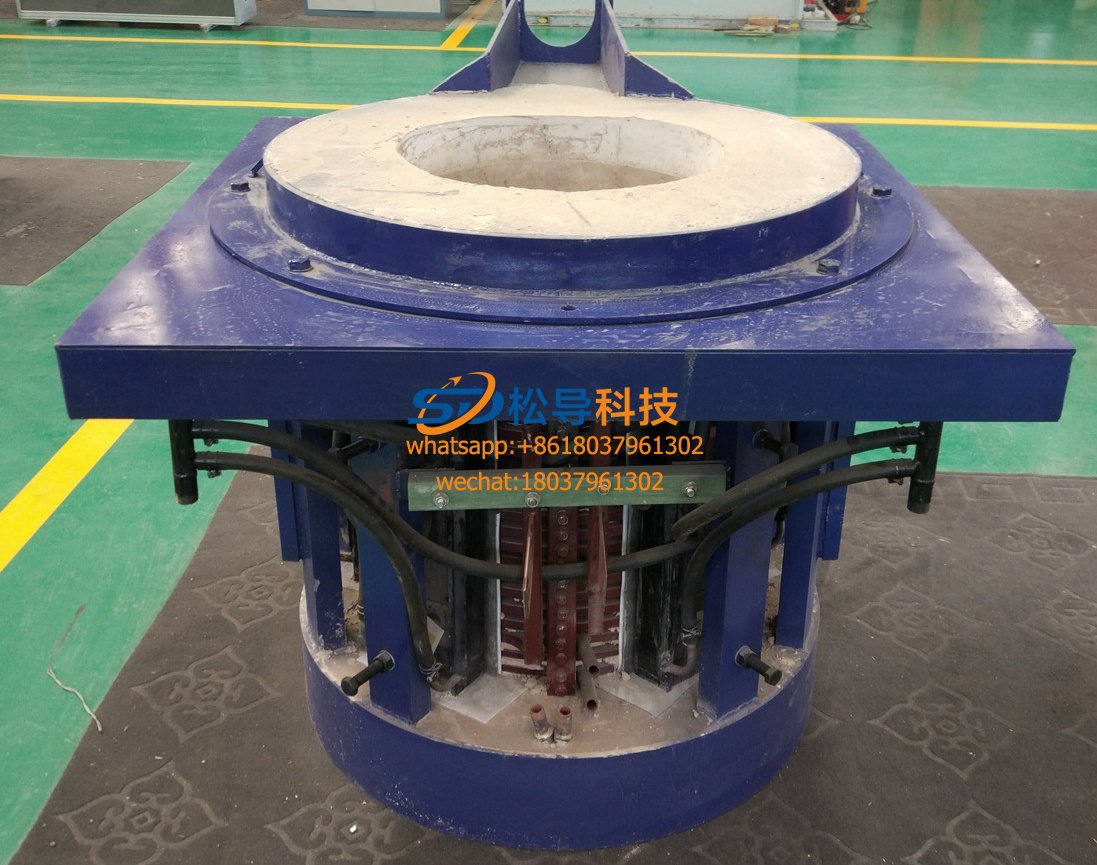
0.5T Parallel Intermediate Frequency Fur






